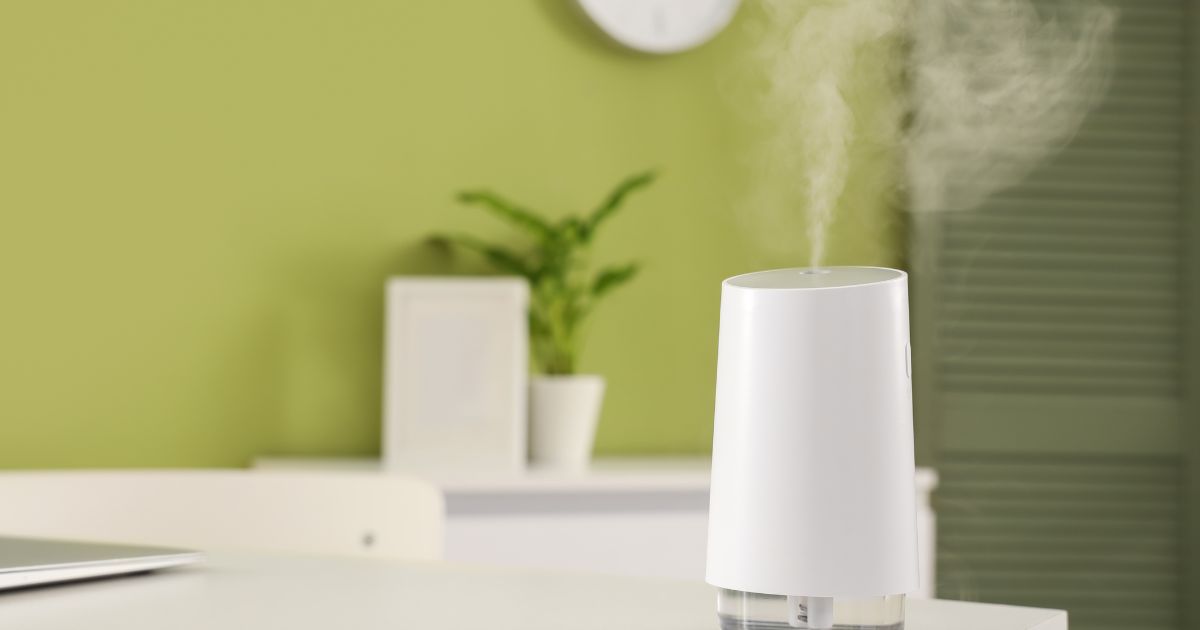The air circulating through our homes plays a far greater role in our daily well-being than most people realize. While we carefully consider what we eat and drink, we often take for granted the quality of the air we breathe for hours each day. Poor indoor air quality (IAQ) can unleash a cascade of health issues—from triggering seasonal allergies and intensifying asthma symptoms to causing persistent headaches, unexplained fatigue, and that general feeling of being “off.” The good news? Creating cleaner, healthier indoor air doesn’t demand expensive overhauls or complicated systems. Instead, it’s about adopting smart, practical habits that anyone can weave into their daily routine.
Understanding Indoor Air Quality
Indoor air quality encompasses how clean and healthy the air is within our homes and workplaces. This isn’t just a nice-to-have consideration—it’s essential for every household. We spend roughly 90% of our lives indoors, where pollutant levels can soar two to five times higher than what we’d encounter outside. The culprits lurking in our living spaces are surprisingly diverse: dust mites nestled in bedding, pet dander floating through rooms, harsh cleaning chemicals, sneaky mold spores, lingering tobacco smoke, cooking vapors, and gases slowly released from furniture and building materials. Recognizing these pollution sources marks your first step toward taking control and transforming your home into a healthier sanctuary.
Key Strategies to Improve Indoor Air Quality
Ensure Adequate Ventilation
Think of ventilation as your home’s breathing system—it dilutes harmful pollutants by ushering in fresh outdoor air while pushing out stale, contaminated indoor air. The simplest approaches work beautifully: crack open windows when the weather cooperates, run exhaust fans in bathrooms and kitchens during and after use, and keep your home’s mechanical ventilation systems running smoothly. Just remember to stay aware of outdoor conditions—if you live beside a busy highway or air quality alerts are in effect, it’s wiser to keep windows closed and lean on your air filtration systems instead.
Control Humidity and Moisture
Humidity levels that swing too high create a paradise for mold, dust mites, and bacteria, while bone-dry air can leave your respiratory system and skin feeling raw and irritated. The sweet spot lies in maintaining indoor humidity between 40% and 60%—a range that keeps both comfort and health in balance. Your humidity management toolkit should include hygrometers to track moisture levels, dehumidifiers to tackle excess dampness, and a humidifier to add moisture back when conditions turn dry, especially during winter months when heating systems can parch indoor air.
Regular Cleaning and Allergen Control
There’s no substitute for consistent routine cleaning when it comes to maintaining excellent indoor air quality. Make weekly dusting a habit, vacuum carpets and upholstery using HEPA-filtered machines, and wash bedding in hot water to eliminate dust mites and allergens. Don’t forget the spots that often slip by unnoticed—air vents, ceiling fan blades, curtains, and those shadowy areas behind furniture where dust loves to gather. Keeping clutter to a minimum also pays dividends, giving dust fewer places to settle and making your cleaning efforts more thorough.
Reduce Chemical Pollutants
Countless household products quietly release volatile organic compounds (VOCs) into your home’s air, potentially triggering headaches, dizziness, and respiratory discomfort. The usual suspects include paints, adhesives, conventional cleaning products, synthetic air fresheners, and scented candles. Whenever possible, reach for low-VOC or natural alternatives, ensure rooms stay well-ventilated when you must use chemical products, and consider scaling back on synthetic fragrances and aerosol sprays that can overwhelm sensitive respiratory systems.
Use Air-Purifying Solutions
Air purifiers equipped with HEPA and activated carbon filters excel at capturing particles, allergens, and certain chemical pollutants before they can circulate through your home. Nature offers a helping hand too—indoor plants such as spider plants, peace lilies, and snake plants can naturally freshen your air. Just be mindful of proper plant care to prevent mold from taking hold in the soil, which would defeat the purpose of having them in the first place.
Maintain HVAC Systems
Your heating, ventilation, and air conditioning systems work tirelessly to circulate and clean your home’s air, but they need regular attention to perform at their best. Regular HVAC maintenance means swapping out filters every one to three months, scheduling annual professional tune-ups, and having air ducts cleaned when they need it. While high-quality filters trap more particles, they may require more frequent changes—a small price for cleaner air.
Practical Tips for Everyday Air Quality Management
• Open windows whenever weather and outdoor air conditions allow
• Enforce a strict no-smoking policy throughout your home
• Test for radon levels and install carbon monoxide detectors for safety
• Use wood-burning stoves and fireplaces sparingly
• Establish a cleaning routine and stick to it for lasting results
Key Takeaway: Simple daily practices—proper ventilation, smart humidity control, and consistent cleaning—work together to dramatically improve your home’s air quality over time.
Real-World Impact
Take the Johnson family, who grew tired of battling seasonal allergies year after year. They decided to tackle their home’s air quality from multiple angles: adding humidity control devices, switching to natural cleaning products, committing to a weekly deep-cleaning schedule, and strategically placing air-purifying plants throughout their home. Within just a few months, every family member noticed fewer respiratory symptoms and began sleeping more soundly—proof that these strategies deliver real, measurable benefits.
Summing Up and Encouraging Proactive Action
Creating healthier indoor air doesn’t require turning your life upside down or breaking the bank on expensive gadgets. The winning formula combines thoughtful ventilation, balanced humidity levels, consistent cleaning habits, fewer chemical pollutants, strategic air purification, and well-maintained HVAC systems. Small, steady efforts build momentum over time, gradually transforming your home into a cleaner, more comfortable environment. Take a moment to assess where you stand now, pinpoint the areas that need attention, and start making gradual improvements that will benefit you and your family for years to come.







